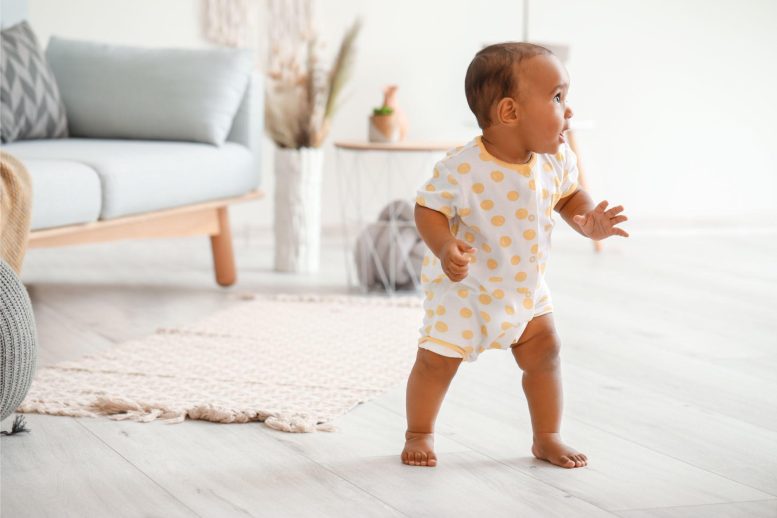
New research demonstrates that children’s ability to imitate stems from being imitated by their caregivers in early childhood. This parent-child interaction of mutual imitation fosters the child’s imitation skills by 18 months, highlighting the vital role of early social interactions in cognitive development.
A study from LMU indicates that infants learn to mimic others as they are themselves mirrored by their caregivers.
Unconsciously, individuals consistently learn from others, eliminating the need for tedious trial-and-error processes. This capability forms the foundation of cultural learning and, subsequently, the evolutionary triumph of humankind. But what is the origin of this ability? This question is explored in a recent study led by Professor Markus Paulus.
Markus Paulus, Chair of Developmental Psychology and Educational Psychology at LMU, demonstrates that the ability has its roots in earliest childhood. “Children acquire their ability to imitate because they themselves are imitated by their caregivers”
Children are incredible imitators – thanks to their parents
For the study, the researchers looked at the interaction between mother and child over several months. The babies came into the lab for the first time at the age of 6 months, while their final visit was when they were 18 months old. As they engaged in various play situations, the interactions and imitations of mother and child were analyzed.
The longitudinal study shows that the more sensitive a mother was in her interactions with her six-month-old child and the more often she imitated the infant, the greater the child’s ability was at the age of 18 months to imitate others.
In the interaction between parents and children, mutual imitation is a sign of communication. Parents respond to the signals given by the child and reflect and amplify them. A mutual imitation of actions and gestures develops. “These experiences create connections between what the child feels and does on the one hand and what it sees on the other. Associations are formed. The child’s visual experience is connected to its own motor activity,” says Markus Paulus, explaining the neuro-cognitive process.
Children learn a variety of skills through imitation, such as how to use objects, cultural gestures like waving, and the acquisition of language. “Children are incredible imitators. Mimicry paves the way to their further development. Imitation is the start of the cultural process toward becoming human,” says Markus Paulus. In psychology, the theory that the ability to imitate is inborn held sway for a long time. The LMU study is further evidence that the ability is actually acquired.
The cultural transfer of knowledge is based on imitation
How well children learn to imitate others is crucially dependent on the sensitivity with which their parents respond to them. In this context, sensitivity is defined as the capability of a caregiver to pick up on the child’s signals and react promptly and appropriately to them. “The sensitivity of the mother is a predictor of how strongly she imitates her child,” says Dr. Samuel Essler, lead author of the study.
In addition, the study sheds light on what makes humans social beings, namely that our individual abilities only develop through interaction with others. Indeed, they owe their existence to the particular way in which humans raise their young.
“By being part of a social interaction culture, in which they are imitated, children learn to learn from others. Over the course of generations and millennia, this interplay has led to the cultural evolution of humans,” says Markus Paulus. “Through social learning, certain actions or techniques do not have to be constantly invented anew, but there is a cultural transfer of knowledge. Our results show that the ability to imitate, and thus cultural learning, is itself a product of cultural learning, in particular the parent-child interaction.”
Reference: “The cultural basis of cultural evolution: Longitudinal evidence that infant imitation develops by being imitated” by Samuel Essler, Tamara Becher, Carolina Pletti, Burkhard Gniewosz and Markus Paulus, 26 September 2023, Current Biology.
DOI: 10.1016/j.cub.2023.08.084









Be the first to comment on "The Origin of Cultural Learning: New Research Uncovers Why Babies Imitate"